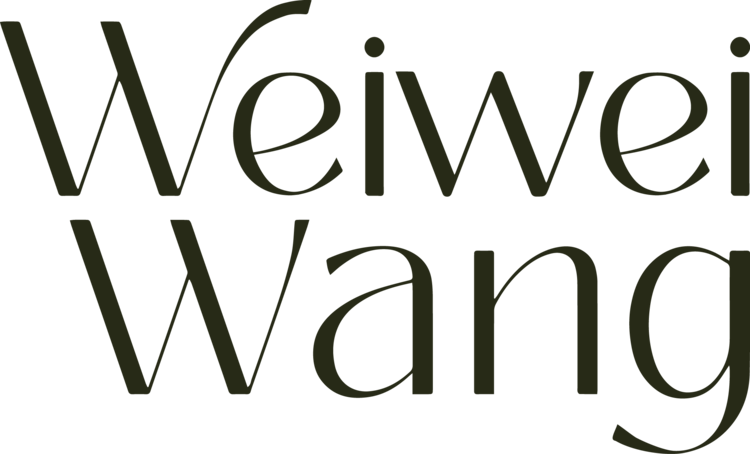“Slow tofu” workshop at Prinzessinnengarten in Berlin, Germany.
photographed by Benedikt Kestler
“Slow tofu” tools
Ideation and test workshop
Working with artisans in Zhejiang, China.
Exhibiting at the Tendence Fair for Consumer Goods in Frankfurt, Germany.
Slow Tofu
Bachelor thesis instructed by Prof. Wolfgang Sattler & Prof. Gerrit Babtist.
Why
It all started as my bachelor thesis project.
Alongside the trend of a plant-based diet and healthy eating, tofu is gaining its own spot in the sustainable foods conversation in western cultures. However, since tofu is most commonly mass-produced, most people don’t get to try it at its best fresh self. Thus, tofu is often blamed for being tasteless and merely serves its functional purpose as a source of protein.
In East Asia, tofu is still being produced by artisans in small manufactories or special restaurants, because people understand the qualitative difference to industrial production. The subtle scent of soybeans in fresh tofu is very much appreciated and it’s common to eat it plain or lightly seasoned.
What
“Slow tofu” is a unique dining experience that brings awareness to the culture behind this food and reveals the value of freshly made tofu.
In a workshop, participants are introduced to the world of tofu production. They’re invited to make their own portions of tofu, garnish it according to one’s personal taste, and enjoy it fresh on spot.
The main ingredient of tofu is soybeans. They are kept dry and soaked overnight before use. Then grounded with water, boiled, and filtered to become soymilk. The fresh soymilk can now be coagulated into soy curds with the help of coagulants.
When pressing out the liquid in the curds, a firm bulk will be formed and this is known as tofu. The consistency of tofu can be controlled according to the percentage of water in it.
The tofu molding tools are designed for this special occasion. With a ceramic bowl and a bamboo basket, tofu curds can be compressed and enjoyed directly in the bowl.
In collaboration with tofu manufacturers and vegan restaurants, “Slow tofu” workshops took place in Berlin, Hamburg, Germany, as well as in Dalian, China. The concept has been proven to be interesting for both German and Chinese markets.
Based on the valuable feedback from the workshop participants, I developed the tools into a DIY tofu kit which could be purchased at the workshops or online.
How
During the initial design phase, I conducted a series of test workshops where participants were invited to make their own tofu with various objects as tofu molding tools. They were invited to garnish their own tofu as well.
It became clear to me that it’s way too overwhelming for people to try different tools if they’ve never made tofu before, and I also realized that the effortless handling of the tools would be essential for the dining experience. The process of making and eating tofu needs to be a seamless experience. Furthermore, the idea of taste individualization was well confirmed.
Different tofu molds result in different shapes and textures in tofu, thus each telling its own story. In contrast to the typical bulk of the store-bought tofu, I wanted to create a visual identity that best translates the artisanal aspect of this project.
I chose to work with traditional bamboo weavers in Zhejiang Province, China, where I was born, to create the tofu molds. The bowls are born from the hands of experienced ceramic artisans in the historical porcelain village Jingdezhen.
Nominated as “Excellent Product Design“ by German Design Award 2015.
Selected as top 22 by Design Intelligence Award 2016













